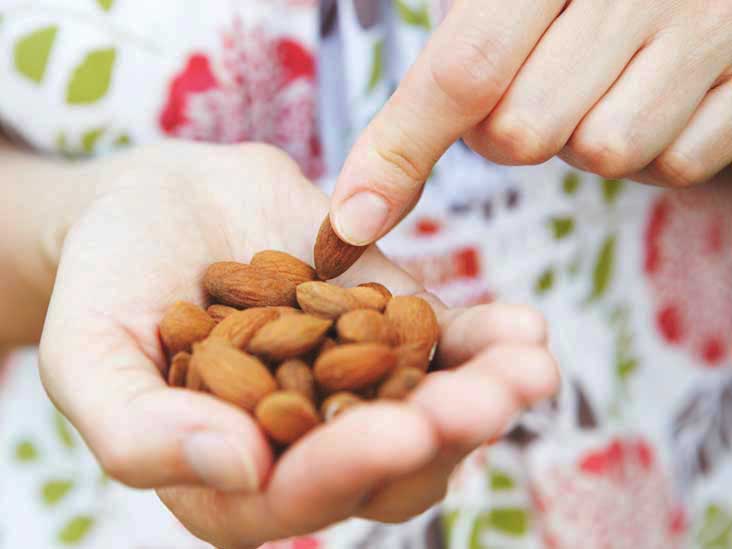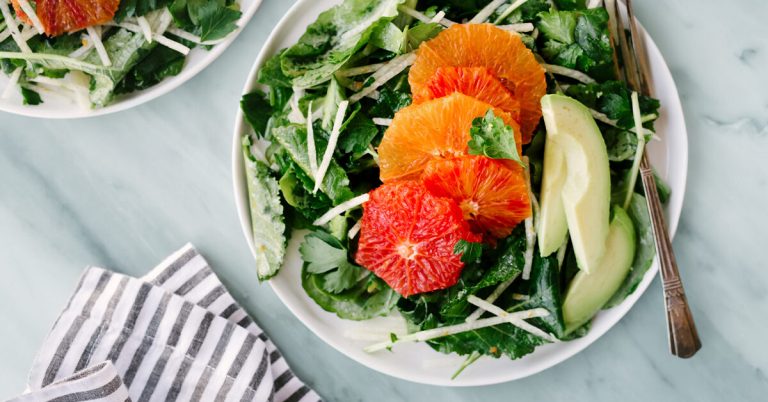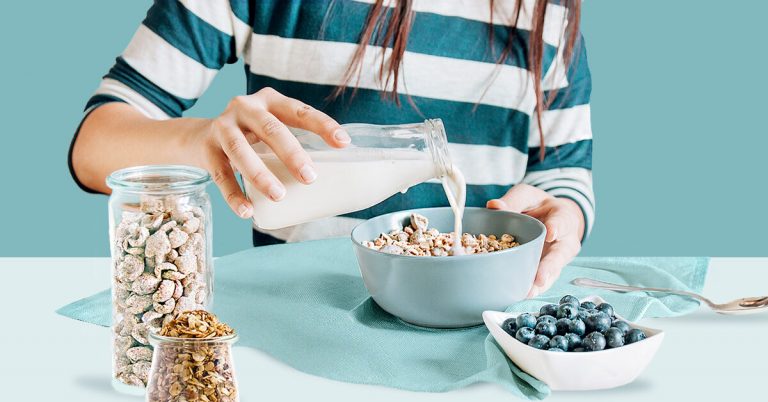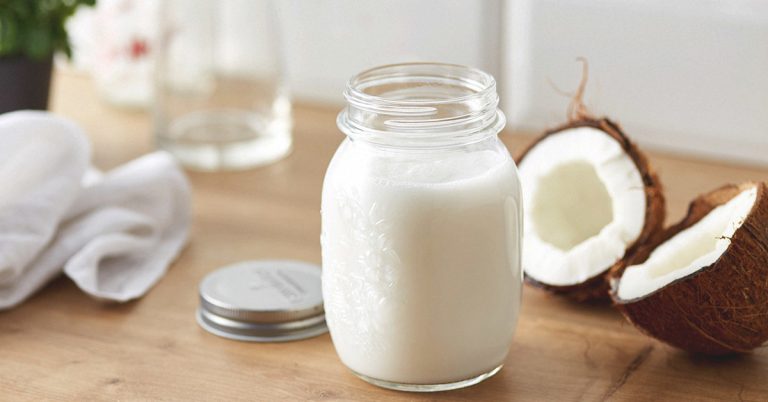As I sit in the healing room at the Alandi Ashram and look out at the sleet falling, it’s easy to reminisce about the way things were in the world not so very long ago, and the many simple aspects of life we often took for granted.
Last year, I held Ayurvedic clinics in person, reading client’s pulses and looking at their tongues. This year, these consultations are mostly virtual. Last year, students filled our beautiful classroom. This year, we meet under a tent in the garden.
Gone are the hugs and huddles; instead, we’re sitting six feet apart. We eat together, but not in a circle. We smile, but our smiles are secret ones, hidden behind our masks.
Last year, graduation was a splendid, celebratory event with a delicious meal. This year, we had a Zoom graduation with no community meal. Last year, I had a wonderful birthday celebration complete with musical performances and kirtan, a practice of call and response chanting. This December, will I even bother?
A year ago, it seemed as if things would continue pretty much the same as they always had. Despite drought, fire, and flood, we continued to gather for weddings, funerals, music, prayer, food, and community celebration, just as we have done since the time of our earliest ancestors.
This year, our life has changed in ways we could not have imagined. Some of us have suffered from COVID-19 ourselves. We may have recovered, or we may experience lingering health issues. Some of us have lost family and friends to this disease we had never heard of just a year ago.
Some of us have lost our job or our business, leaving us to suffer from economic hardship. Many of us are struggling with isolation and loneliness, deeply affected by the loss of our usual enrichments, entertainment, and community support.
Making Space for Grief
An important first step in navigating these challenging times is to open ourselves to grief. We need to mourn the loss of our former lives in order to release it and surrender to the reality of where we are now.
As J. Krishnamurti wrote in From Darkness to Light,
Out of the fullness of thy heart
Invite sorrow
And the joy thereof shall be in abundance.
Sorrow shall bring forth love eternal,
Sorrow shall unfold the weaving of Life,
Sorrow shall give the strength of loneliness,
Sorrow shall open the closed doors of thy heart,
Sorrow shall conquer the spaces of eternity.1
The aridity, the boredom, and the monotony of our lockdown life can be eased only if we invite sorrow in and allow her to open the closed doors of the heart. Peace, strength, and joy come only with our willingness to mourn.
As we grieve the loss of our former life, we may make some interesting discoveries. There are so many things, from family gatherings to baby showers to simply going shopping, that we didn’t know we would miss so much. As we allow ourselves to grieve these simple pleasures of life, we honor and celebrate their value.
Cultivating Gratitude
Going through security at the airport, waiting in line at the supermarket, squeezing into a crowded subway carriage, queuing for tickets—the things that used to seem like an annoyance may now feel like a treasured part of the life we lost.
We’d give anything to rub shoulders with strangers, strike up an acquaintance on the shuttle, or feel the warmth of bodies crowding together as they gather to experience something they care about.
Even as we yearn for these simple experiences of connection, we are gifted with the recognition of their value and a reminder of the things we still have to be grateful for. So the second practice, after mourning, is gratitude.
Let’s take time to be grateful for all the things we didn’t know we would miss, but which formed the fabric of our pre-lockdown lives. And even more importantly, let’s take time to be deeply grateful for all we still have—the food we have stored up, the friends and family who stay in touch, and the life, the breath, and the health that we enjoy today.
The Power of Practice
When we face uncertainty and stare into the unknown, it’s easy to feel anxious, fearful, or sad. We are missing many of the things that we formerly relied upon to support our resiliency, such as the ability to gather with family and friends or to join with others in yoga classes, kirtan, and group meditations.
While it can be challenging to commit to similar habits on our own, it is more important than ever during these complex and uncertain times to have a supportive practice that increases our hopefulness and keeps the mind light and buoyant, rather than heavy, dull, and grim.
Loving Kindness Meditation
The practice of metta, or loving kindness meditation, is one such practice that sustains us as we face the challenges and difficulties of these times. I have found this practice to be an extremely beneficial anchor point during this time of pandemic.
- The simplest form of this practice is just to repeat, “May I be happy,” on the in-breath and, “May all beings be happy,” on the out-breath. Try this for a few minutes and you will find your mind becoming increasingly joyous.
- To go into the practice in more depth, you can use loving kindness phrases, such as “May I be safe, may I be happy, may I be healthy, may I have ease of well-being.” Offer these phrases to yourself first, breathing each one in gently, like a delicious aroma.
- Once you start to feel more buoyant and cheerful, you can begin offering these phrases to others, picturing them in your mind as you do so. “May you be safe, may you be happy, may you be healthy, may you have ease of well-being.”
- First visualize your parents, friends, and loved ones and offer them these phrases. Then visualize someone you barely know, such as your mail delivery person, and offer the phrases to them.
- Finally, once you are filled with loving kindness, try offering the phrases while visualizing someone with whom you are experiencing conflict or difficulty. If you get stuck, you can always alternate between offering the metta phrases to them and offering them to yourself.
- At this time when our usual social connections are disrupted, many of us may have found a new connection to our neighbors. We may enjoy chatting with them over the fence or on the street as they are walking their dog. A variant of this loving kindness practice that I have been using during this time is to go from house to house in my mind, offering the metta phrases to each of my neighbors, along with their pets. Soon the whole block is filled with loving kindness.
Healing Mantra
Now that we have had the chance to mourn what is lost, appreciate what we have, and develop a loving kindness practice to keep the mind light and cheerful, we may feel strong and resilient enough to reach out to others, known and unknown, through healing prayer.
By chanting the Healing Mantra, also known as the mahamritunjaya mantra, we have an opportunity to radiate healing energy far and wide out into the world. The words of this mantra are:
Om tryambakaṃ yajāmahe sugandhiṃ puṣṭi-vardhanam
urvārukam iva bandhanān mṛtyormukṣīya māmṛtāt
What does it mean? “Om. We worship Shiva, the three-eyed Lord, the fragrant increaser of nourishment. As the ripe cucumber falls from the vine, liberate us from the bonds of death, but never separate us from immortality, which is our true nature.”
This mantra opens the energy in the three channels of the subtle body, ida, pingala, and sushumna, allowing a free flow in the sushumna, or central channel. Thus, we are able to receive the subtle nourishment of vitality that comes to us from Shiva, the lord of yoga, which is just one way of naming the divine energy that flows through all beings and all things.
Within this mantra is the invitation and opportunity to overcome the fear of death as we recognize our true nature as the inviolable energy of ever-unfolding life.
This mantra should be spoken or chanted out loud, so that its syllables can radiate healing energy into the environment, reaching those near and far who are in need of healing. You can also listen to the mantra or play it in your home to surround yourself with its vibration.
Listening to a recording, such as this link, can help you to learn the proper pronunciation of the mantra.

Offering Kindness
There is a great feeling of empowerment that comes when we know that we can help the world in some small way during these challenging times.
The pandemic has not only caused morbidity and mortality, but it is also driving millions of people into poverty. A new Oxfam report warns that 121 million more people could be pushed to the brink of starvation this year as a result of mass unemployment, disruption to food production and supplies, and declining financial aid.2 These are mainly people who were already struggling with food scarcity that has resulted from climate change and global conflict.
With gratitude for all we have and with loving kindness in our hearts, we can reach into the suffering of our sisters and brothers around the world with the mantra Lokah samastah sukhino bhavantu. The meaning of this mantra is “May all beings be happy,” or “May everyone, everywhere, be happy.”
This mantra can be recited at the end of a meditation or yoga practice, or anytime throughout the day. You can also recite it on japa beads (prayer beads), repeating it over and over in repetition, sending out prayers of well-being for the benefit of the world.
This simple practice of sending healing vibration out into the world can be more powerful than we realize and offers an easy and effective place to begin. As we tune into the suffering of so many at this time, we may also be inspired to take one further step and engage in the practice of annadan, the gift of food, by supporting organizations that are feeding the hungry by donating money or actively volunteering our time.
The Opportunity of these Times
The times we are currently living in are truly both unprecedented and challenging. And yet, they also present unique opportunities to develop our practices of inner well-being amid change and uncertainty.
Through mourning what is lost, being grateful for every moment, practicing these powerful mantras and meditations, and perhaps even participating in feeding the hungry, we can use this time to grow our capacity for loving kindness and contribute to the healing of the planet.














